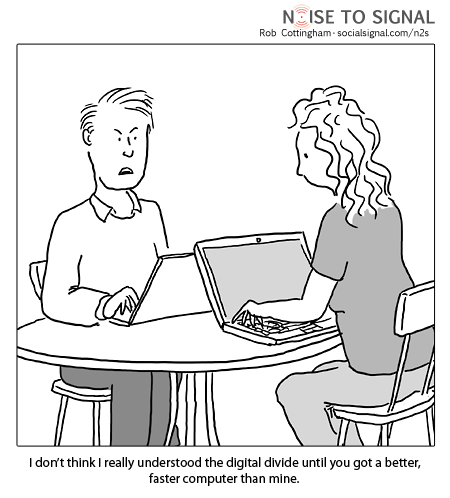What I have learnt throughout my studies of digital
citizenship is that the Digital Learning Environment is an environment where
technology is used as part of everyday life. It is incorporated into many
facets of our lives and we utilise it to enrich our lives. An environment where
technology is accessible and we have the skills to use it. The whole way we
educate children has now changed. With the increase in the use of technology
children now have access to information that they never previously had. As
Educators we no longer need to focus on teaching content as the students can
access this all online. We are now teaching children how to access information
and develop skills in the doing so. Dorothy Burt stated that “Using a digital learning environment means the learner
is no longer dependant on the physical presence of the teacher. Their learning
is accessible 24/7 and is rewindable; if you don’t get it the first time you
can go back and have another look at it because it’s online. Valuable time
spent face-to-face with the teacher is focused on learning conversations rather
than instructions and directions.” (Patterson, 2013). Children are now learning from more
sources of information and need help to come to process all this information. Digital
citizenship is about using technology in an appropriate manner and knowing what
this is. It is important that children are using the internet in a positive way
and that they are aware of the dangers of misuse and what the consequences can
be. With the growing use of social media I feel there needs to be more of a
focus on the safety and use of these sites. In the article Digital Citizenship in K-12: It Takes a Village,
the authors, question who will guide learners to a safe and productive
technological society. “So, the inevitable question must be asked: Who represents the village
for our youth, as it relates to digital citizenship? Will it be parents,
teachers, administrators, academics, technology professionals, media
specialists, or students? The obvious that for a successful cultural shift, it
will require all of us. The implementation of this type of program will require
an established and shared curriculum, an establishment of middle ground between
reactionary and proactive actions in the K-12 environment.”
(Hollandsworth, Dowdy, & Donovan, 2011, p. 2). This article really made me
aware of some of the issues of who is actually responsible for preparing
students for a digital learning environment. I feel that as teachers we need to bear a lot
of this responsibility as we have the knowledge that is needed to prepare
students to be good digital citizens. I feel some parents are almost in the
same position as their children, using these technologies without knowing how
to be safe and how to leave a positive digital footprint. The information on
digital footprints really made me think about my own digital footprint. As a
teacher I have always had an awareness of my digital footprint as I see that as
part of your professional role to be an example. I like the analogy that
a digital footprint is like tattoo, once it is there it is very hard to get rid
of is. This analogy may help students in their thinking as it makes them think
of it as more concrete. As I teacher I feel that the following statement sums
up what I need to do to prepare myself to teach in a digital learning
environment. “Digital
citizenship is about transforming yourself into a professional who can
effectively research technology trends, monitor the uses of technology,
avoid the fear factor and model legal wisdom, in order to make vibrant learning
opportunities for all” (CSU Interact material, 2014). I think it is
important to keep your knowledge and skills up to date by continuing your own personal
learning journey through professional development and by being up to date with
new developments in digital learning. There has been a lot of changes in the
way we teach and I feel a lot of changes are still needed to be an effective
teacher, a networked teacher (see image) in today’s digital learning
environment.
The image
above is courtesy of Alec Couros licensed under a Creative Commons license.
Photos from courosa Flickr photostream.
References
Charles Sturt University Interact material for ETL523,
2014.
Hollandsworth,
R., Dowdy, L., Donovan, J. (2011). Digital
citizenship in K-12: It takes a village. TechTrends 55(4) 37-47.
Patterson,
A. (2013, December 7). Switched on to learning. The New Zealand Herald. Retrieved from http://www.nzherald.co.nz/nz/news/article.cfm?c_id=1&objectid=11168355



